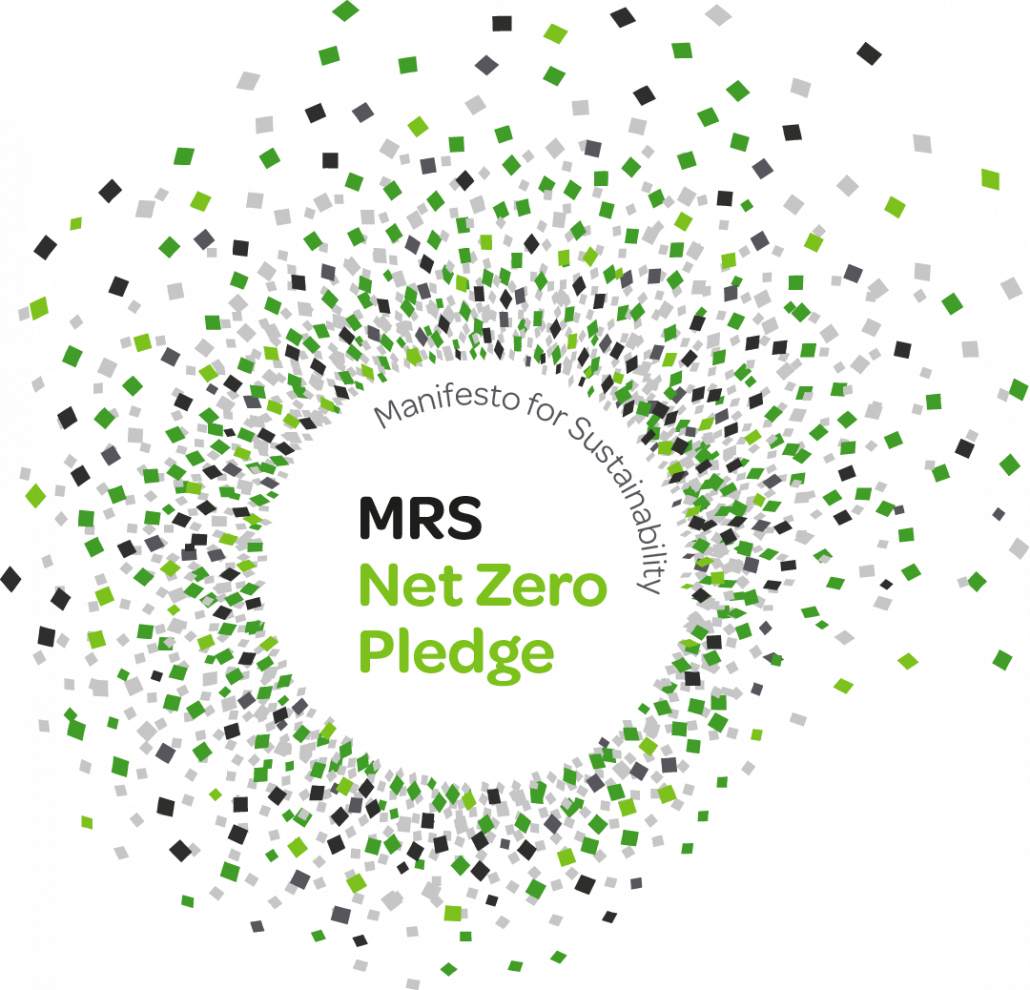
Some of you may recall that IFF signed up to the Market Research Society’s Net Zero Pledge back in November 2021, committing ourselves to net zero emissions by 2026.
What have we been up to since then, I hear you ask? Quite a lot actually!
The first step to understanding where we can cut emissions was to audit our current emissions across the company. The IFF Green Working Group have been busy finding out where we stand across a number of areas of the business, and plotting our best estimates into our emissions calculator. From travel to paper, to coffee beans and everything in between, it was all calculated to give us a total company emissions calculation.

Some of these calculations were easier than others.
One particular challenge was estimating the energy and heating usage of employees working from home. Many variables had to be estimated including what kind of home set-up people had (whether they were working from a laptop, desktop, if they had a monitor), and what kind of heating and lighting they used. It was a busy time at IFF HQ, so we took the decision not to burden colleagues with another ask, instead making estimates based on numbers of days in the office, and typical energy usage. Next year, we plan to do a survey about home energy usage, to make our calculations as accurate as possible.
There were another few instances where we had to make some assumptions. For example, we estimated that our office space is equivalent to four large homes, in order to work out the amount of refrigerant needed for our air conditioning units.
We were able to input data across all areas of the business, and were pleased to find out that our per capita emissions are already a bit lower than others in our industry using the same calculator. We were also interested to learn that home working was our biggest area for emissions, though perhaps this isn’t surprising given that we were auditing 2021 emissions, when lockdown requirements meant in periods most of our staff were working from home. We anticipate that our office emissions will go up in the coming financial year, as we have more colleagues coming into the office using computers, printers and lights in meeting rooms.
When making the changes we need to make, typically one focusses on the areas where you have most control and where you can have most impact. Inevitably, it’s easier for us to make changes in the office, but we also want to sensitively nudge behaviours at home. For example, letting employees know about the various green energy suppliers on offer, and about how much of a difference energy saving light bulbs can make. However, we’re acutely aware that the cost-of-living crisis and soaring energy prices makes this a challenging time to have these conversations.
So, what next?
We’ll be making efforts to cut emissions where we can, focusing on where we can make the biggest change, and also going for some quick wins. We’re also looking forward to catching up with other research agencies who have signed up to the pledge, to share our experiences and learn about the solutions they are looking to implement.
One area that’s not factored into our emissions calculator, is how our pensions are invested. While making changes here won’t affect our result in terms of being able to report to MRS on how much we’ve reduced emissions by, we still feel strongly that this is something we should be focusing on. Especially when you consider that, moving a pension to a more sustainable fund is said to be 21 times more effective in reducing your carbon footprint than going veggie, giving up flying and switching energy provider. Efforts are now underway internally to find out how we can give colleagues the option to switch to a greener pension. Watch this space.
To find out more about our audit, about our work to reach net zero, or about our work in Energy & Environment Research contact Research Director, Andrew Skone James